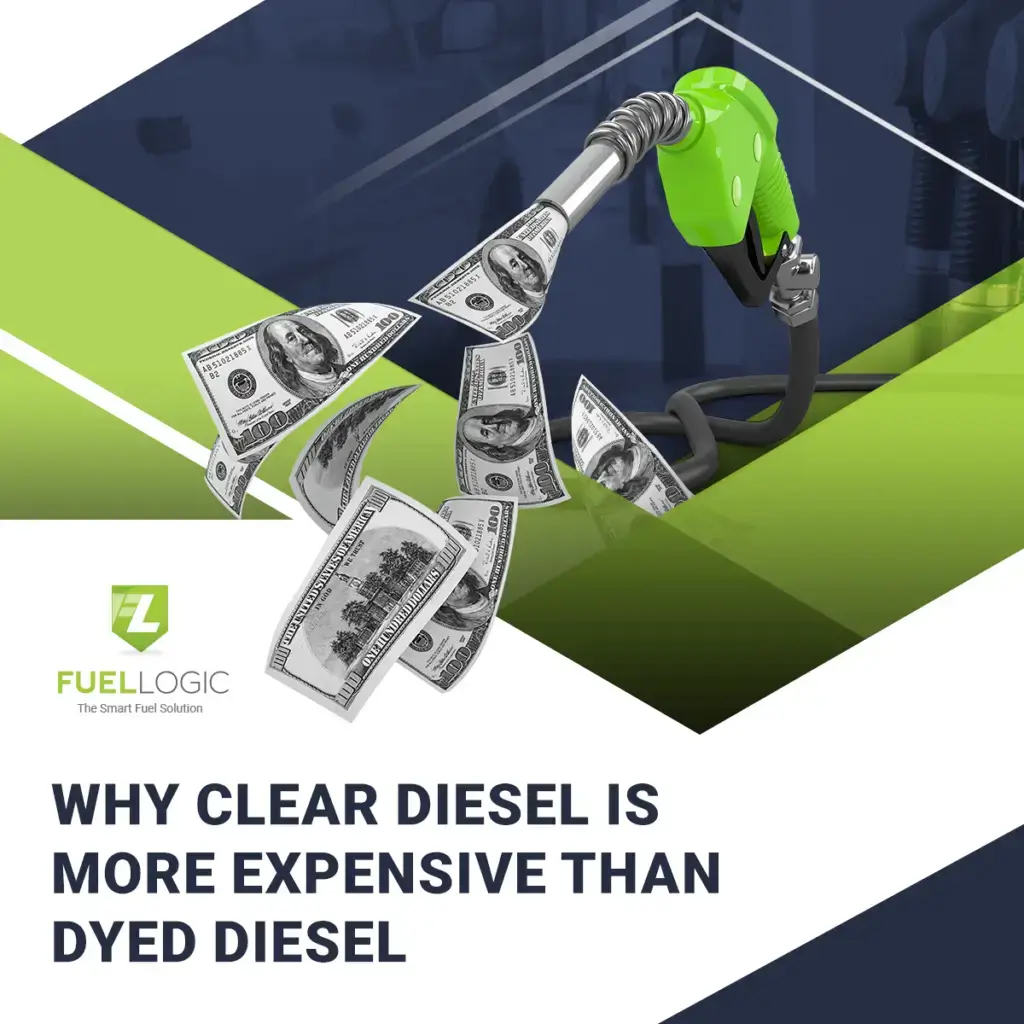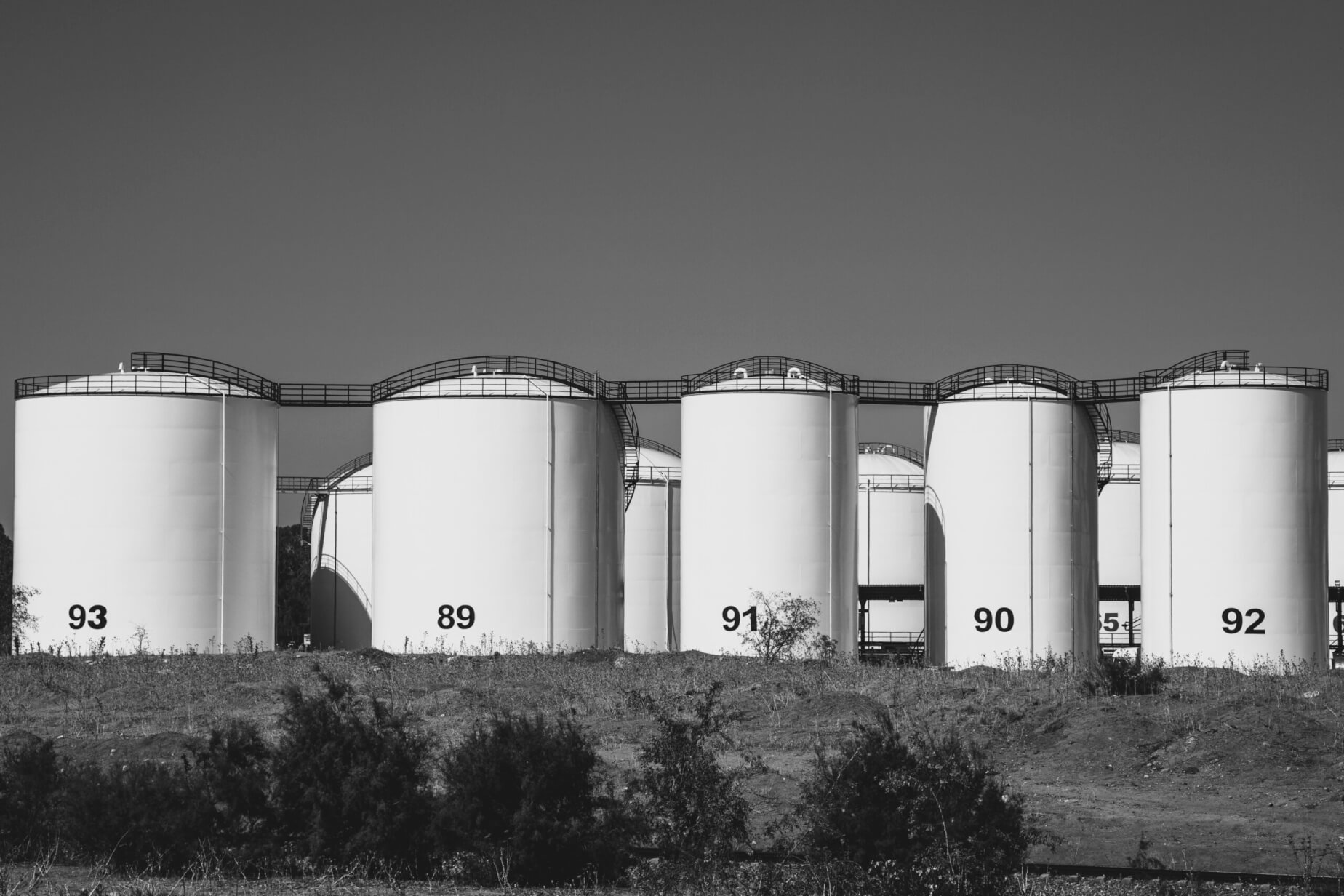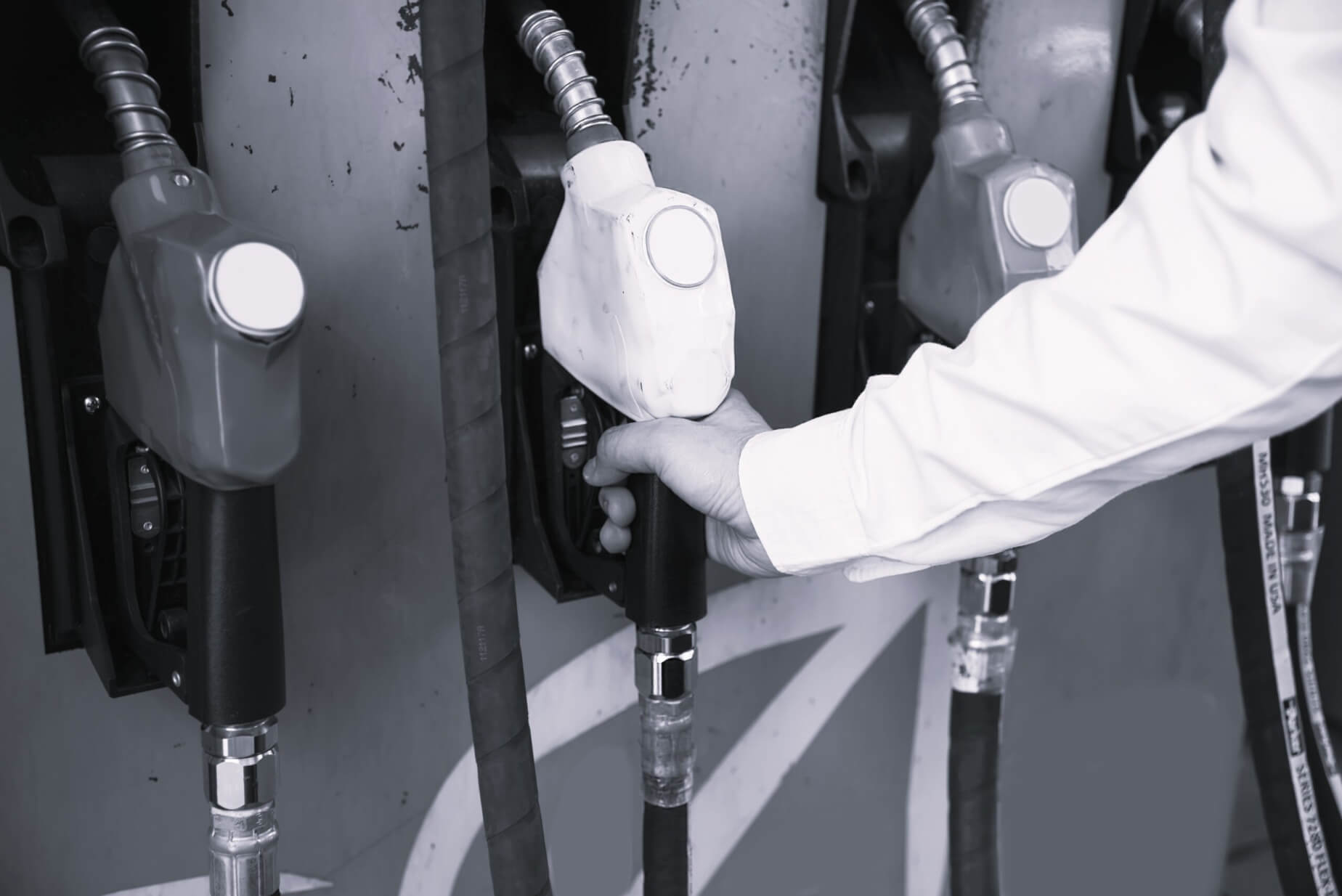Why Clear Diesel is More Expensive Than Dyed Diesel Fuel
Fueling the wheels that propel America’s transportation system is no small feat, and at the heart of this immense task lies diesel. Often referred to as the lifeblood of industries, diesel plays a vital role in keeping the nation moving forward. From heavy-duty trucks traversing highways to ships sailing across oceans, diesel stands as the steadfast backbone supporting various sectors. Knowing why clear diesel is more expensive than dyed fuel is very important for businesses.
While diesel’s importance is undeniable, one particular aspect that often confounds both consumers and businesses alike is the price difference between clear diesel and dyed. So, let’s embark on a journey to unravel this mystery and explore why gallons of clear diesel tend to be more expensive than their dyed counterpart.

What is Dyed Diesel Fuel?
Dyed diesel is a type of fuel commonly used in various industries, including agriculture, construction, and transportation. It is very similar to regular diesel fuel in terms of its chemical composition, but it has one distinct characteristic: it is dyed with a specific color, typically red.
This dye serves as a marker to differentiate it from clear or untaxed diesel fuel, which is intended for use in vehicles that are subject to highway taxes.
What is the Difference Between Clear and Dyed Diesel?
Clear diesel and dyed diesel are two different types of fuel that are primarily used for different purposes and are regulated differently.
Clear diesel refers to regular diesel fuel that is typically used for on-road vehicles like cars, trucks, and buses. Clear diesel is a road vehicle-grade fuel for sale at gas stations throughout the U.S. It is a high-quality fuel that meets the strict specifications and requirements set by regulatory bodies. Clear diesel is often sold at retail fuel stations and is subject to various taxes and regulations.
On the other hand, dyed diesel, also known as off-road diesel or red diesel, is a type of diesel fuel that is colored with a red dye to indicate its tax-exempt status. It is intended for off-road applications such as construction equipment, agricultural machinery, and generators. Most dyed diesel sold in the U.S. is colored red (with the chemical additive Solvent Red 26 or 164). Dyed diesel is sold at specialized locations and is generally not available for use in on-road vehicles. By law, red-dyed gas is only for use in off-road vehicles like farm tractors, heavy construction equipment, and generators, where higher sulfur fuel use is permissible. Blue-dyed diesel is same with red-diesel diesel that can only be used for U.S. government vehicles. It is not available to public use.
The key difference between clear diesel vs dyed lies in their tax obligations. Clear diesel is subject to higher taxes and must comply with stricter regulations since it is used for public road transportation. Dyed diesel, being tax-exempt, is intended for off-road use only and is subject to lower taxes or no taxes at all, depending on local regulations.
Types of Dyed Diesel
Here are some common types of dyed diesel:
Blue-Dyed Diesel
Blue-dyed diesel is a type of fuel that is colored blue to indicate its tax-exempt status and is intended for specific off-road applications. It is similar to red-dyed diesel but is used in different industries or regions. The blue dye distinguishes it from other types of diesel fuel and helps enforcement agencies identify its usage.
Red-Dyed Diesel
Red-dyed diesel is one of the most common types of dyed diesel fuel. It is colored red to signify its tax-exempt status and is primarily called off-road diesel. Red-dyed diesel is commonly used in construction equipment, agricultural machinery, generators, and non-highway vehicles. The red dye helps authorities identify if the fuel is being used illegally in on-road vehicles.
Green Dyed Diesel
Green-dyed diesel is another variant of dyed diesel fuel that is colored green to indicate its tax-exempt status. Like blue and red-dyed diesel, green-dyed diesel is primarily used for off-road purposes. It is commonly utilized in industries such as landscaping, forestry, and marine applications. The green dye helps differentiate it from other types of diesel fuel and ensures compliance with tax regulations.
Regulations on Dyed Diesel
Dyed diesel is subject to strict regulations at the federal and state levels due to its tax-exempt status and higher sulfur levels. These regulations are in place to ensure that dyed diesel is not used improperly or unlawfully in on-road vehicles, which are typically subject to higher taxes and emission standards.
Under federal and state laws, penalties for the improper use of dyed diesel can be severe. These penalties can include hefty fines and even significant jail time. Distributors are prohibited from knowingly transporting dyed fuel with the intention of supplying it to on-road vehicles. Similarly, gas stations that carry dyed diesel are prohibited from knowingly selling it for use in on-road fleet vehicles.
These regulations and enforcement measures are in place to prevent tax evasion and ensure compliance with environmental standards. By taxing on-road diesel fuel and imposing stricter emission requirements, governments aim to fund transportation infrastructure and reduce air pollution.
Why Clear Diesel is More Expensive Than Dyed Diesel?
Clear diesel is more expensive than dyed diesel primarily due to the taxation and regulations imposed by the IRS. Clear diesel is intended for use in vehicles that operate on public infrastructures such as roads and highways. Consequently, it is subject to taxes and regulations to ensure the upkeep and maintenance of these public facilities. The additional cost per gallon levied on clear diesel goes towards funding road repairs, bridge maintenance, and other infrastructure projects.
In contrast, dyed diesel is not taxed in the same manner as clear diesel and has a lower sulfur content. It is commonly used as off-road diesel in agricultural settings, on farms, and in various heavy construction equipment such as generators, backhoes, excavators, forklifts, and reefers. Since dyed diesel is not used on public roads, state and local taxes designated for highway maintenance and improvements do not apply.
Although paying more for clear diesel may seem burdensome, the higher price serves a purpose. It contributes to safer roadways and the preservation of vital transportation infrastructure. By differentiating between clear and dyed diesel, tax revenues can be directed toward the appropriate channels, ensuring the continued functionality and reliability of public road systems.
Do You Use Dyed and Clear Diesel Fuel? We Deliver
If you use dyed diesel for your off-road vehicles or tractors or need regular diesel for your fleet of trucks or SUVs, we can get it to you! Our company specializes in delivering high-quality diesel fuel to customers all across the nation. Whether you need dyed diesel for your off-road vehicles or clear diesel for your trucks and SUVs, we have you covered. We offer prompt, reliable, and affordable delivery services, ensuring that you never run out of fuel when you need it the most. Our team of professionals is dedicated to providing exceptional customer service and ensuring your satisfaction with every delivery. Contact us today to learn more about our diesel fuel delivery services!
FAQs
Can I use off-road diesel in on-road vehicles?
No, using off-road diesel (dyed diesel) in on-road vehicles is illegal and can result in penalties, as it is not taxed for highway use.
What are the regulations regarding the use of clear diesel?
Regulations dictate that clear diesel is used solely in on-road vehicles, and any misuse can lead to fines or legal action due to fuel tax evasion.
How do fuel distributors set the price of clear diesel?
Fuel distributors consider various factors including market demand, taxes, and the cost of obtaining and distributing clear diesel when setting prices.
Is there any tax benefit to using dyed diesel?
Yes, dyed diesel, or off-road diesel, is tax-free, making it a cheaper alternative for businesses and individuals that use diesel for off-road applications.
Can I mix clear and off-road diesel?
Mixing clear and off-road diesel is not advisable as it can lead to legal issues and penalties if the mixture is used in on-road vehicles.
What should I know about Fuel Logic when it comes to clear vs dyed diesel?
Fuel Logic often provide guidance on the legal uses of clear and dyed diesel, ensuring customers are informed about the implications of using each type of fuel.





